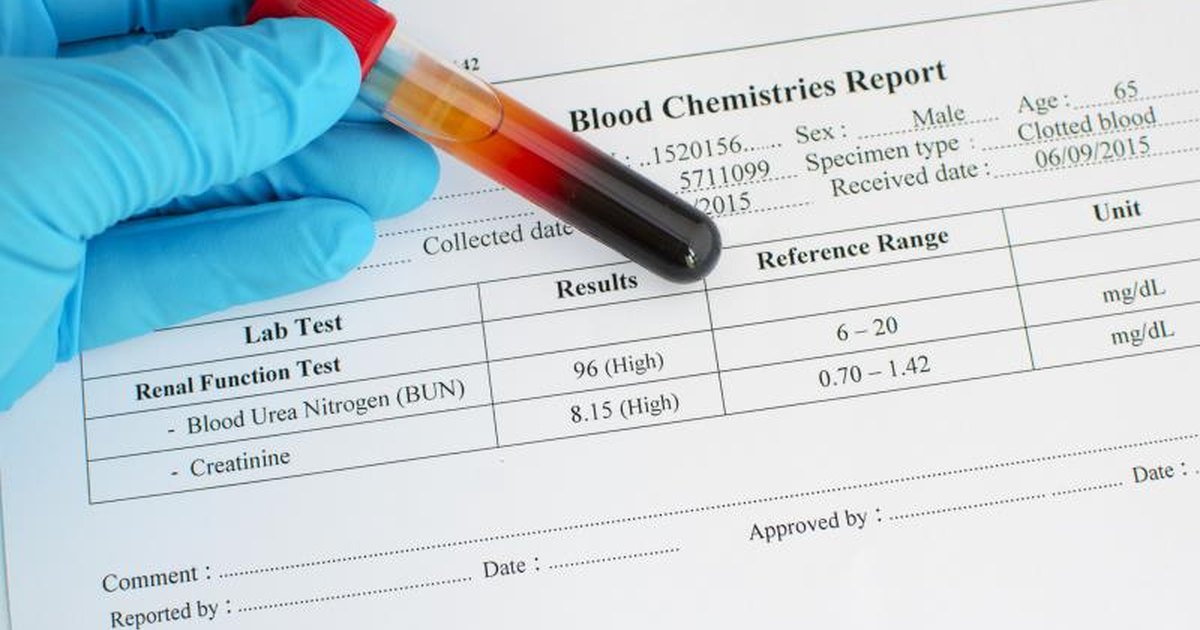
Clinical Significance Elevated levels of Creatinine are mainly associated with abnormal renal function and occur whenever there is a significant reduction in glomerular filtration rate or when urine elimination is obstructed.Ħ The concentration of Creatinine is a better indicator of renal function than urea or uric acid because it is not affected by diet, exercise, or hormones. * The i STAT system can be configured with the preferred units. Since reference ranges may vary with demographic factors such as age, gender and heritage, it is recommended that reference ranges be determined for the population being tested. Further information regarding metrological traceability is available from Abbott Point of Care To convert a Creatinine result from mg/dL to mol/L, multiply the mg/dL value by The i-STAT reference ranges for whole blood listed above are similar to reference ranges derived from serum or plasma measurements with standard laboratory methods.ĥ The reference range programmed into the analyzer and shown above is intended to be used as a guide for the interpretation of results.
#Creatinine istat venous verification#
i-STAT system controls and calibration verification materials are validated for use only with the i-STAT system and assigned values may not be commutable with other methods. Metrological Traceability The i-STAT system test for Creatinine measures Creatinine amount-of-substance concentration in the plasma fraction of arterial, venous, or capillary whole blood (dimension mol L-1) for in vitro diagnostic use.Ĥ Creatinine values assigned to i-STAT s controls and calibration verification materials are traceable to the National Institute of Standards and Technology (NIST) standard reference material SRM909. Creatinine Amidohydrolase Microbial Sarcosine Oxidase Microbial UCSF Clinical Labs of 6 Proc/ iSTAT /Creat. Contents Each i-STAT cartridge contains one reference electrode (when potentiometric sensors are included in the cartridge configuration), sensors for the measurement of specific analytes, and a buffered aqueous calibrant solution that contains known concentrations of analytes and preservatives.ģ For cartridges that contain a sensor for the measurement of Creatinine, a list of reactive ingredients is indicated below: i STAT Creatinine Chemistry China Basin Reactive Ingredient Biological Source Creatinine N/A Creatine Amidinohydrolase Actinobacillus sp. INTENDED USE The test for Creatinine, as part of the i-STAT system, is intended for use in the in vitro quantification of Creatinine in arterial, venous, or capillary whole blood. Certain substances, such as drugs, may affect analyte levels in If results appear inconsistent with the clinical assessment, the patient sample should be retested using another cartridge. The liberated hydrogen peroxide is oxidized at the platinum electrode to produce a current which is proportional to the sample Creatinine concentration.Ģ See below for information on factors affecting results. The oxidation of sarcosine, catalyzed by the enzyme sarcosine oxidase, produces hydrogen peroxide (H2O2). Creatine is then hydrolyzed to sarcosine in a reaction catalyzed by the enzyme creatine amidinohydrolase. Creatinine is hydrolyzed to creatine in a reaction catalyzed by the enzyme Creatinine amidohydrolase.

1 UCSF Clinical Labs of 6 Proc/ iSTAT /Creat.


 0 kommentar(er)
0 kommentar(er)
